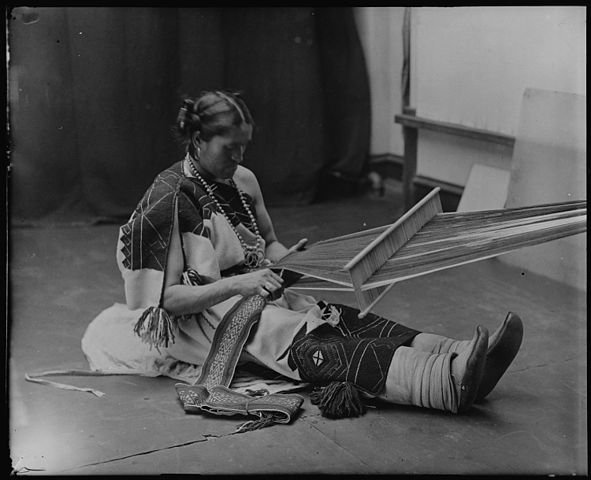Controversy over gender identity has angered communities beyond North Carolina, where a controversial law requires people to use the bathroom of their assigned sex at birth.
A recent hot topic in the US, Canada, and global news — the law sparked debate and discussion on transgender rights around the world.
For many cultures, however, the idea of non-binary genders — someone who doesn’t identify strictly male or female —the concept is not as hard to grasp.
Indigenous cultures in regions from Oaxaca State, Mexico to Samoa and Madagascar have accepted the idea of the “third gender” for centuries.
Muxes in Juchitán de Zaragoza
In the small town of Juchitán de Zaragoza in southern Oaxaca State, Mexico, live the muxes — people born in a male’s body but who identify as neither female nor male. Muxes are part of ancient culture and are well-known in the town and culture.
Traditionally muxes would be admired for their talent in embroidery, hairstyling, cooking, and craftiwork. However, Naomy Mendez Romero, who shared photograph and her story with the New York Times, is an industrial engineer — challenging limits on muxes by entering a career path more often viewed as male.
The bathroom controversy has disrupted life for muxes only slightly, causing a taunting from men in the community.
“Me use a boy’s bathroom? No.” Naomy said, shrugging off the idea of switching stalls after years as a woman.
Two-spirit in Native North American Navajo culture

For many native North American cultures, transgender individuals are known as “two-spirit.”
For Zuni, a Native American tribe, the term for a two-spirited person is lhamana. We’wha — the most famous lhamana was born in male body — wore a mixture of men’s and women’s clothing.
We’wha spent time performing women’s tasks, cooking, gathering foods, and serving as a mediator in the Zuni tribe in what is now New Mexico.
Anthropologists, authors, and even US President Grover Cleveland were “utterly charmed” by We’wha’s intelligence and understanding of the world.
We’wha was not even close to the only “two-spirit” native North American. Many other tribes have their own terms for a tribe member living in one body but who has the spirit of more than one person. Check out a full list here.
Fa’Afafines in Samoa
In traditional Samoan culture, boys born into male bodies who identify as female as known as Fa’Afafines. They are fully accepted into Samoan culture while in Western culture the concept may be hard to grasp.
“Gender roles, even sexual desire, is shaped to suit society. That means gender identity is often hugely shaped by culture. Being a woman in Samoa is quite different from being a woman in Western society,” says a woman in the video above.
Gender identity in Samoan culture is as simple as being accepted by society if you say and feel you are male or female. This is a social norm the rest of the world could learn from.
Check out this video on Sexual Identity in Samoan culture from National Geographic.
Hijras in South Asia
Sadly, the Hijras are less accepted by society in Pakistan, India, and Bangladesh. Hijras identify as women born in male bodies.
Hijras have their own ancient language — Hijras Farsi and served monarchs in South Asian regions for centuries. Today, they are primarily outsiders in their communities, excluded from many economic opportunities.
In spite of marginalization from the rest of the world, whom they refer to as “dunya daar” the Hijras preserve their own language and culture where gender knows no boundaries.
Sekrata in Madagascar
In Madagascar, for the Sakalava people recognized a third gender called Sekrata. Boys in Sakalava communities who exhibit traditionally feminine behavior or personalities are raised by parents as girls from a young age.
Instead of labeling these boys as gay, they are seen as having a male body and identifying as a female. Sexual preference is not a factor for the Sakalava and raising a child in this third gender is natural and accepted in the community’s social fabric.
Some people have more trouble understanding the idea of a “third gender.” Chelsea Handler tried to tackle the complex issue of nonconforming gender identity by meeting a 9-year-old child who is happy with his male body but like to present himself in traditionally girl clothing.
Making an effort to get to know people of all points on the gender spectrum is part of creating a more tolerant and accepting world.
The cultures which have open approaches to gender around the world can act as a guide for acceptance of nontraditional gender roles. No matter a person’s gender, everyone deserves equal human rights.